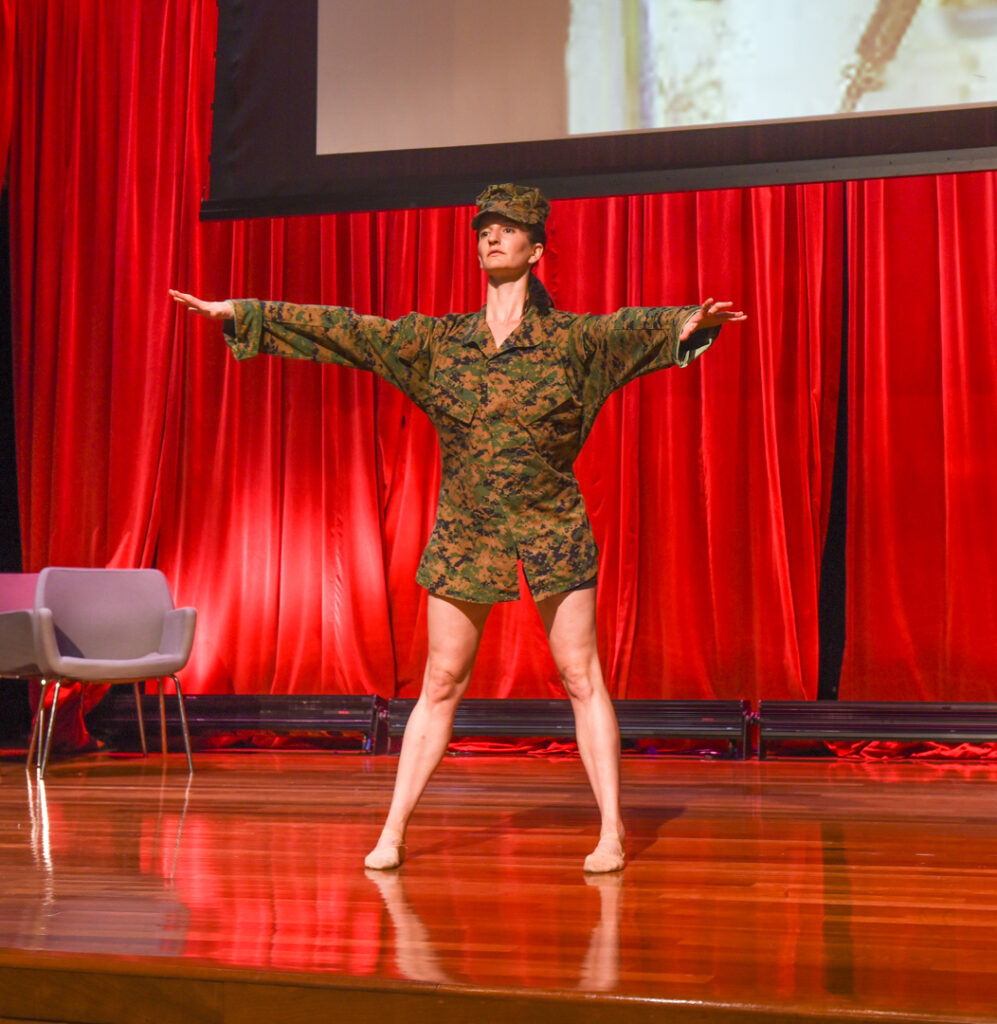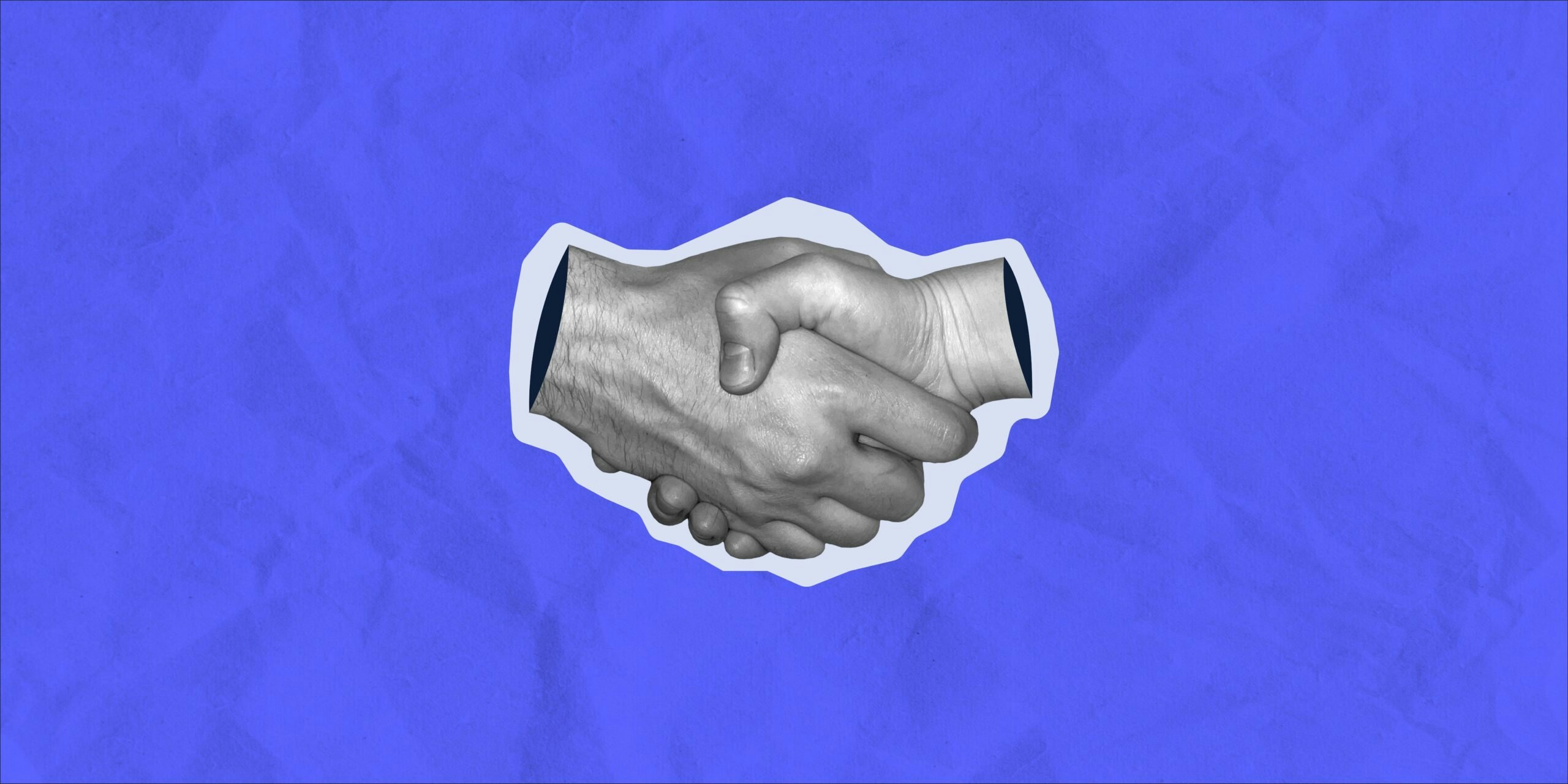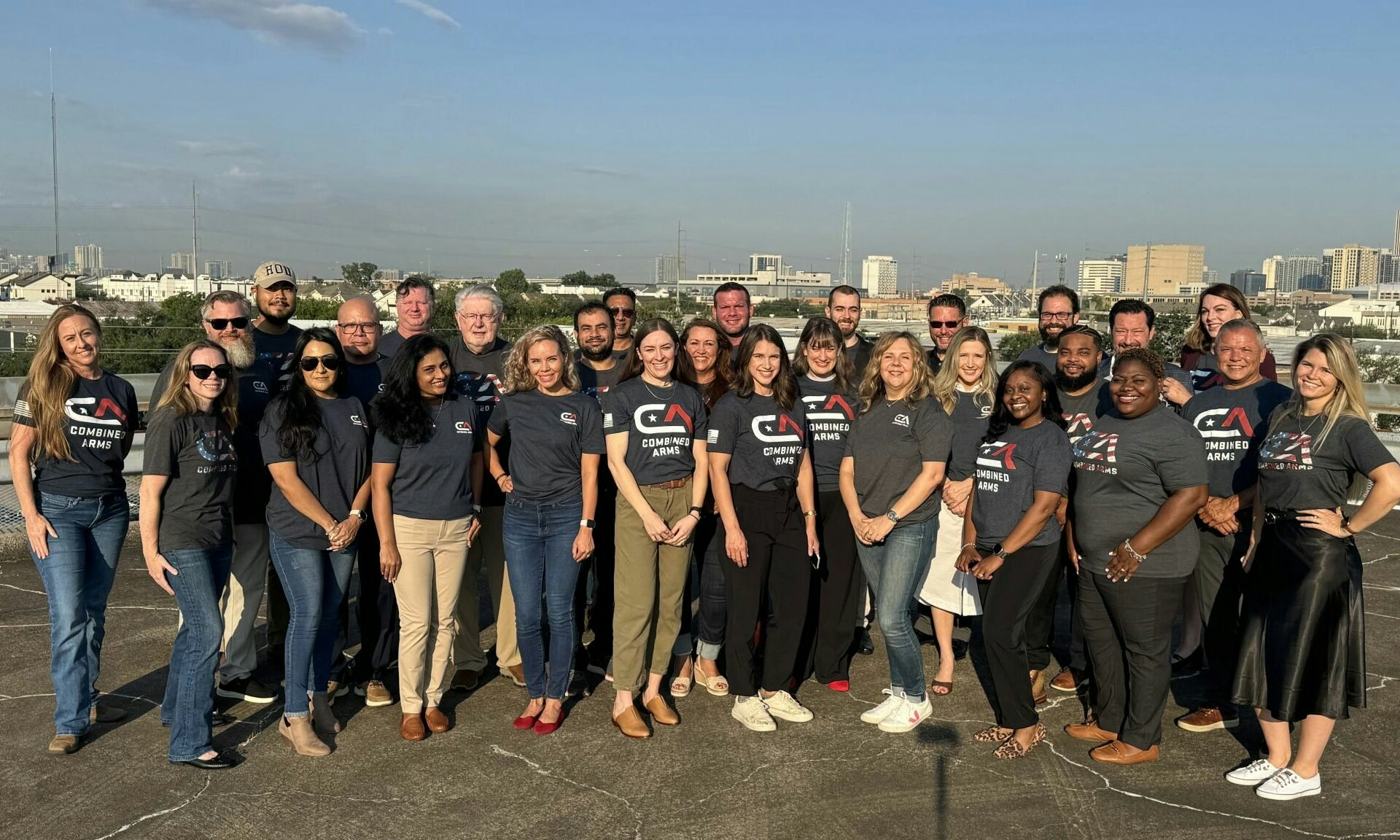Life gets heavy. Sometimes you have to take a knee, reset, breathe. But you can’t stay down forever. You stand, you carry, you keep moving. That’s healing. That’s resilience.
 That’s the message I took to the United Nations last month when my contemporary dance company, Exit12, was honored to present at the General Assembly’s Healing Arts Week Research Symposium, Re-Imagining Health Through the Arts in New York. Exit12 uses movement workshops, performances, and presentations to help heal the veteran and military-connected community, educate civilians, and advocate for veteran issues.
That’s the message I took to the United Nations last month when my contemporary dance company, Exit12, was honored to present at the General Assembly’s Healing Arts Week Research Symposium, Re-Imagining Health Through the Arts in New York. Exit12 uses movement workshops, performances, and presentations to help heal the veteran and military-connected community, educate civilians, and advocate for veteran issues.
My wife and I were at the U.N. event with global coalition of artists, health leaders, researchers, policymakers, and community members discussing how to activate the arts as a powerful force for health and well-being. The symposium asked a bold question: What if engaging in the arts was recognized as a health behavior like sleep, nutrition, exercise, time in nature, and social connection?
But as I sat there, listening to presentation after presentation filled with charts, data, and clinical research about arts and health, I couldn’t stop asking myself: Where are the artists?
I had my own carefully prepared talk, filled with citations and references, but I knew if I delivered it as planned, I’d be part of the same rhythm I was critiquing. So, I changed it up.
Instead of sticking to the script, I began with storytelling, artfully situating the audience in the narrative of Exit12: our origin, work, and impact. And then I asked the room to join me in something simple: imagination and movement.
We all took a knee together or adapted to find a different grounded posture to address different levels of mobility. In this position, I asked everyone to fill an imaginary military rucksack, first with gear, then with hopes, fears, dreams, and thoughts. I asked them to feel the weight of all those things. Then I asked them to bear that weight and stand up.
To close, Exit12 artists Adrienne and Lisa performed Aggressed and This is War – dances that were crafted to tell the story of a Marine buddy who served in the deadly battles of Al Nasaryah and Al Kat in Iraq. The soundscape includes powerful poetry from him about his reintegration post-service. Watching them bring our work into that space – raw, embodied, and vulnerable – felt like the missing piece had finally arrived. For a moment, everyone in the room wasn’t just hearing about the power of art; they were feeling it.
And then something beautiful happened. Another group, Sing for Hope, invited the audience to sing along to a simple, familiar refrain. Slowly, the room joined in.
Researchers, clinicians, artists, policy makers, all these distinct voices merged into one. It wasn’t perfect harmony, but it was human harmony. You could feel the tension soften, the collective breath deepens. It was a moment of shared embodiment, the data, the art, the healing, finally intertwined.
That feeling stayed with me: the vibration in the chest after singing, the quiet awe following movement, the way eye contact lingers longer when art cracks us open. It made me realize that while research validates what we do, it’s these moments of lived, shared experience that make the data come alive.
In the panels, in the research talks, I had been waiting for the artists’ voices. For the lived experience. For someone to say, “This is what art feels like when it’s saving your life.”
Yes, there were moments of beautiful performance: Dancing Dreams showing what adaptive dance can mean for kids and teens, Sing for Hope filled the room with music and connection. But what was missing as the symposium discussed the research around the arts was the emotional depth, the personal impact that makes that research felt.
At Exit12, we’re committed to creating and performing works of high cultural significance that inspire conversations about world differences and the lasting effects of violence and conflict on communities, families, and individuals.
Developing our curriculum to improve the health and well-being of members of the military community through the performing arts was my personal leadership project for the 2024 class of Stand-To Veteran Leadership Program Scholars at the George W. Bush Institute.
If we want the arts to be seen as essential to health, we can’t stop at showing the charts or even telling the stories, we have to invite people into the experience. To show them what healing feels like in the body, in breath, in connection. The next step isn’t just more research, it’s more embodiment. More dancing, more creating, more spaces where art isn’t discussed about, but lived through.
That’s how the work carries forward – not by telling people art heals, but by letting them feel it for themselves.






























